Prepping Your Boat: 53 Tips from Hose Clamps to Registrations
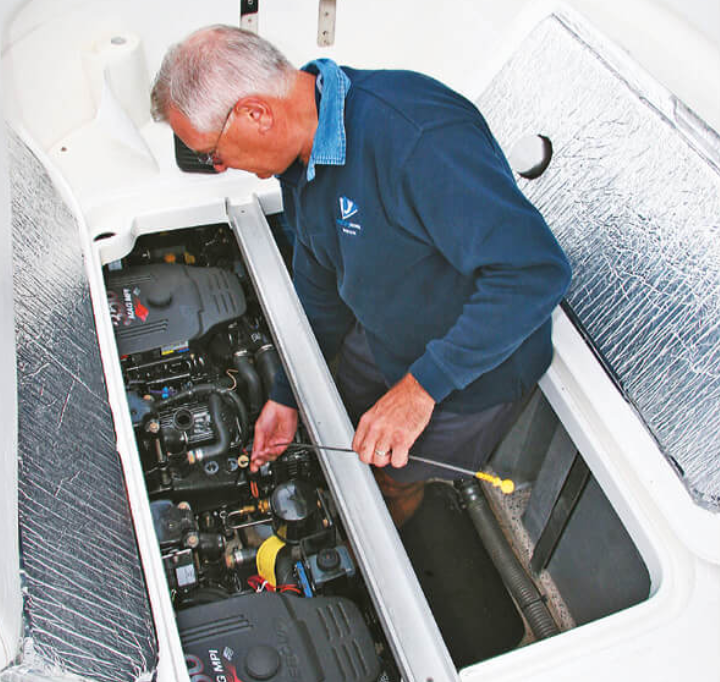
Performing a pre-season check of a boat, engine and trailer, where applicable, is more than smart. It is critical to make sure the boat and all of its related equipment will operate safely. Ensuring that the engine and propulsion gear are in good running order promotes peace of mind for everyone on board, but don’t forget things like dock lines, covers and personal safety gear, too.
Before You Launch
Inspect all-around hose clamps for rust and replace as necessary. Double-clamp fuel lines and exhaust hoses with marine-rated stainless steel hose clamps as long as the barb is long enough. While not technically required, it’s wise to double clamp whenever possible on all hoses — especially those below the waterline.
- Inspect all hoses for stiffness, rot, leaks and cracking, and replace any that are faulty. Make sure they fit snugly.
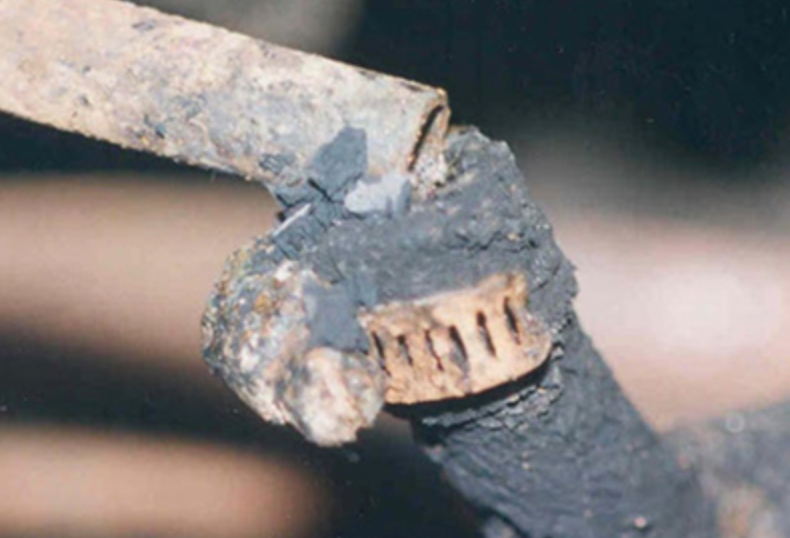
- Inspect prop(s) for dings, pitting and distortion. Make sure retaining nuts and related hardware are secure.
- Check for excess play in the prop and, where applicable, a tight-fitting of the cutlass bearing on the shaft.
- If the boat has a rudder, check to ensure that it turns freely. Make sure that the rudder stock is true and that the bearing fits well.
- Inspect the hull for blisters, distortions and stress cracks. Check the condition of the antifouling paint and/or other hull coatings.
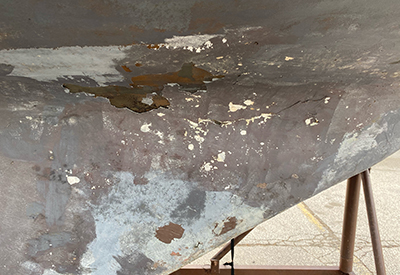
- Make sure your engine intake sea strainer is clean and secure. Inspect, lubricate and exercise all seacocks.
- Use a garden hose to check for deck leaks at ports and hatches. Renew caulk or gaskets as necessary.
- Inspect and test the bilge pump and float switch to make sure they’re both working properly. Also inspect the pump’s hose.
- Check stove and remote LPG tanks for loose fittings, leaking hoses and properly functioning shutoff systems. Use the pressure gauge to conduct a leak-down test to check for system leaks.
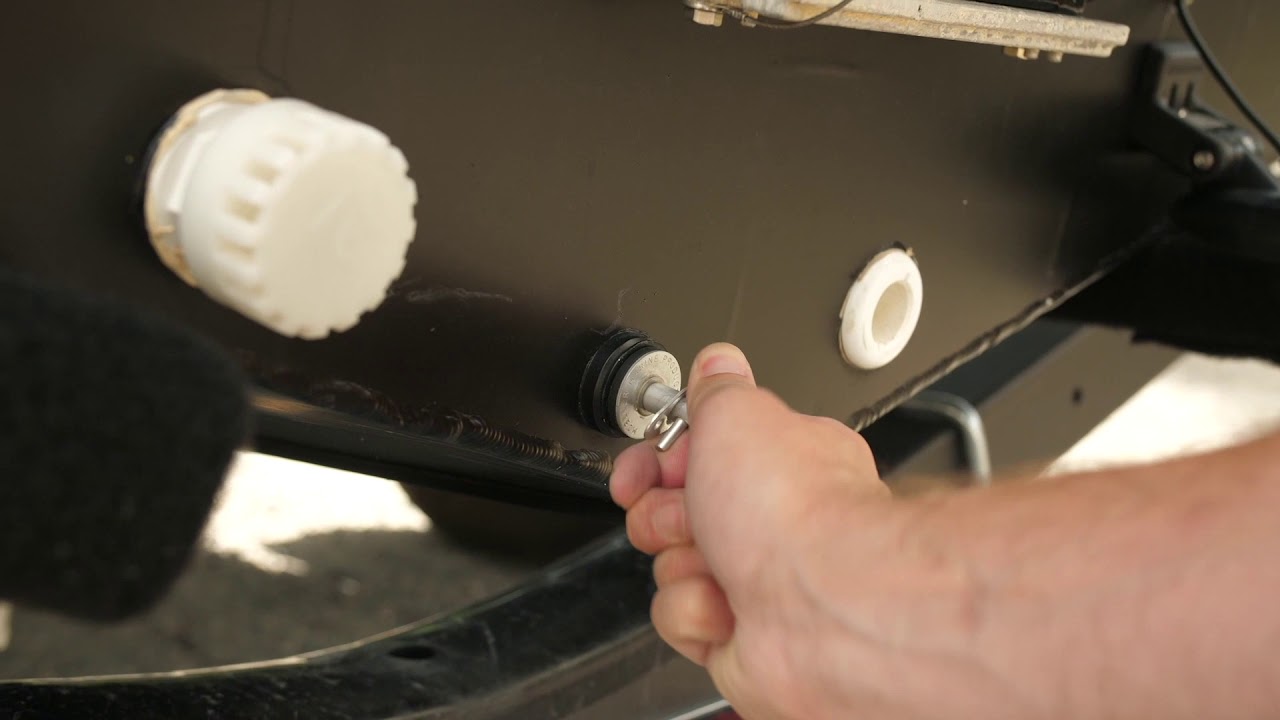
- Inspect dock and anchor lines for chafe and wear.
- Make sure that the stern drain plug is installed.
- After the boat is launched, be sure to check all thru-hulls for leaks.

Engines and Fuel Systems
- Inspect fuel lines, including fuel tank fill and vent hoses, for softness, brittleness or cracking. Make sure all lines are well supported with noncombustible clips or straps with smooth edges.
- Inspect fuel tanks, fuel pumps and filters for leaks. Ensure portable tanks and lines are completely drained of stale fuel before filling with fresh fuel. Clean or replace fuel filters and/or fuel-water separators if not done before winterization.
- Every few years, remove and inspect exhaust manifolds and risers for corrosion (for inboard-powered and inboard/outboard boats).
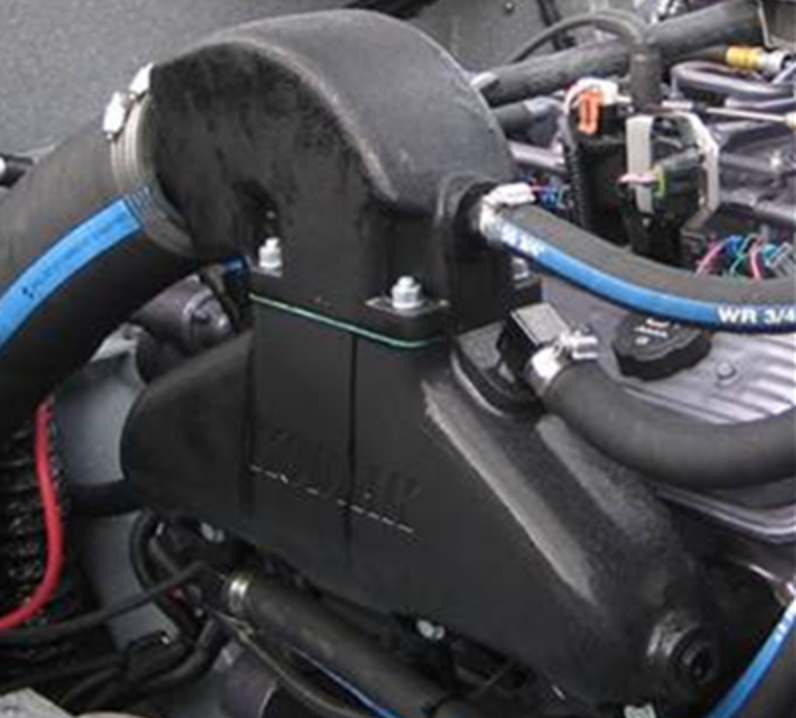
- Charge the batteries. Clean and tighten electrical connections, especially both ends of battery cables. Use a wire brush to clean battery terminals, and top off cells with distilled water (if applicable).
- Inspect the bilge ventilation intake and blower ducting for damage or leaks and run the blower to confirm correct operation.
- Test engine warnings and alarms.
Engine Outdrives and Outboards
- Inspect the condition of rubber bellows on sterndrives. Replace the bellows if cracks or brittleness are found. Remove the outdrive and inspect the gimbal bearing and the drive’s universal joints, and replace if worn.
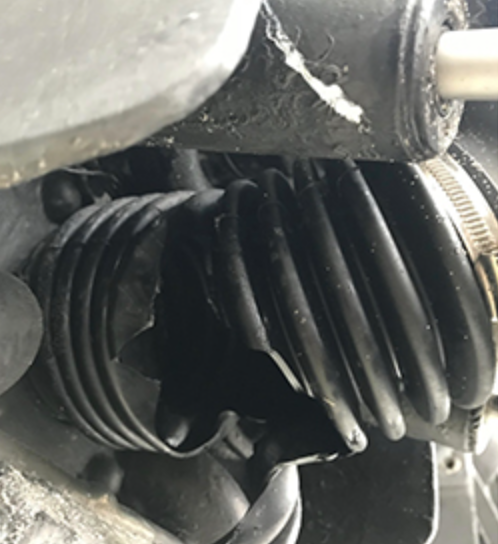
- Check power steering and power trim oil levels.
- Replace anodes/zincs that are more than half wasted.
- Inspect the outer jacket of control cables. Cracks or swelling indicate corrosion and mean that the cable must be replaced.
- Check gear lube for color and volume. Replace the gear lube per manufacturer’s recommendations.
Sailboat Rigging
- Inspect swage fittings.
- Inspect wire halyards and running backstays.
- Remove tape on turnbuckles and lubricate threads, preferably with Teflon. Replace old tape with fresh tape, and ensure that water is able to freely drain from it.
- If you suspect the core around a chainplate is damp, remove the chainplate to inspect and make repairs.
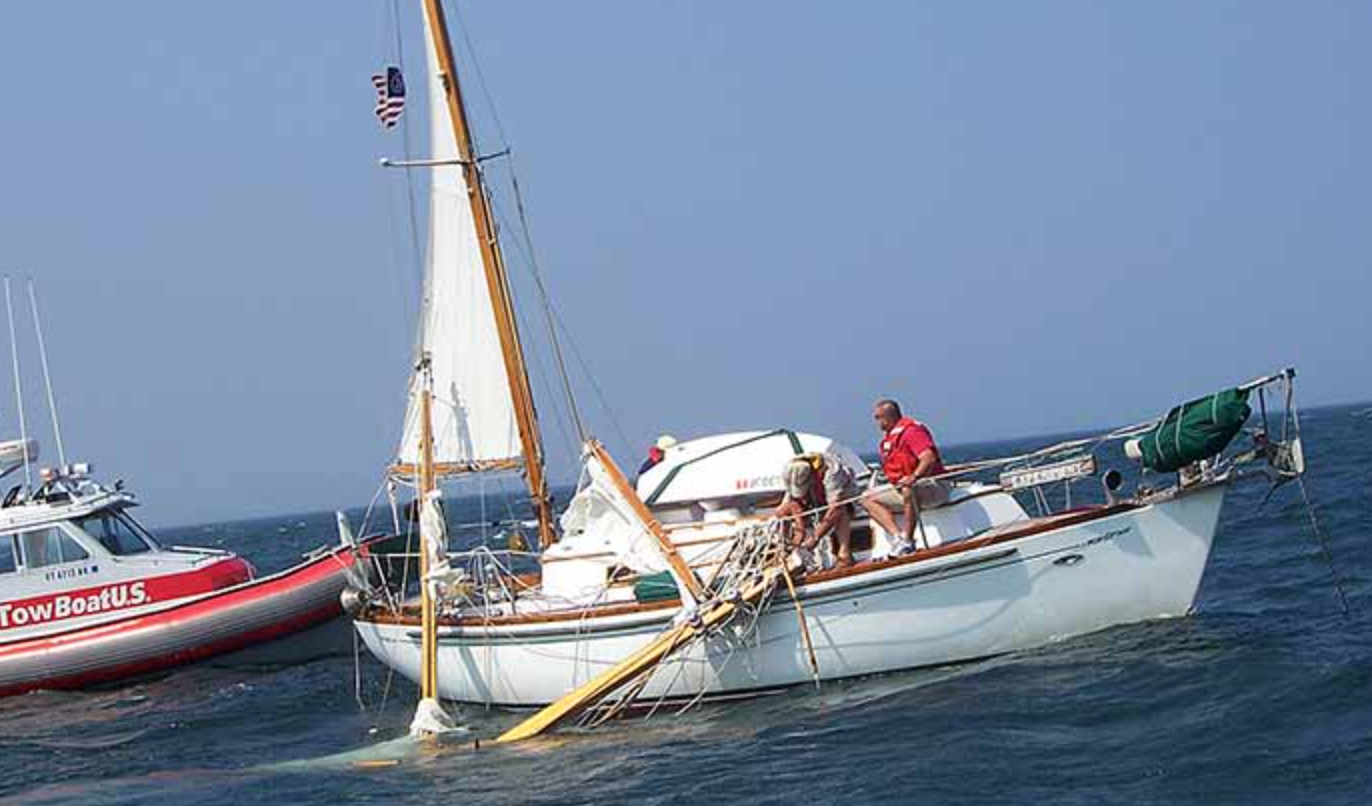
Trailers
- Inspect tire treads and sidewalls for cracks or lack of tread and replace as necessary.
- Check air pressure including the spare.
- Inspect wheel bearings and repack as necessary.
- Test all lights and replace any broken bulbs or lenses.
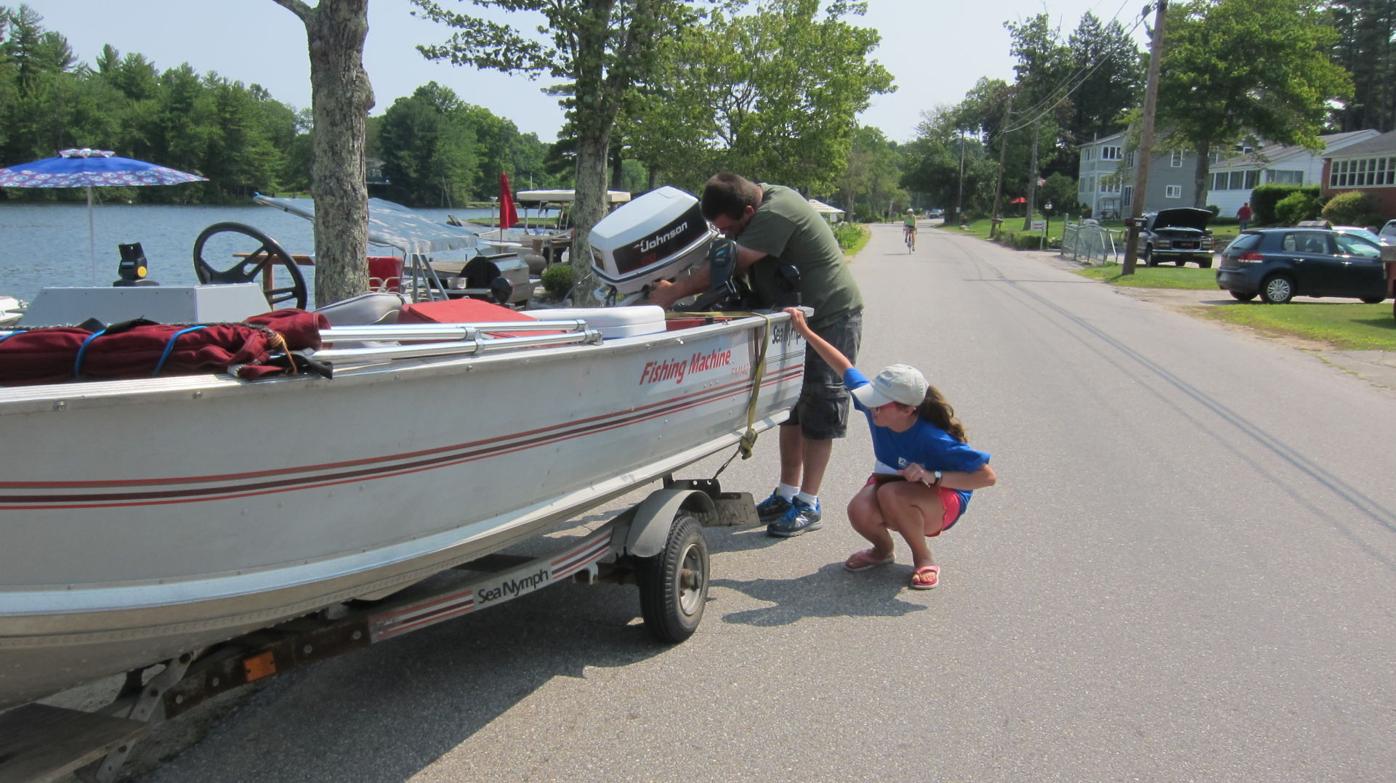
- Inspect and lubricate the winch to make sure it’s working properly.
- Inspect hitch chains. Inspect trailer frame and axel(s) for rust.
- Sand and paint to prevent further deterioration.
- Inspect brakes and brake fluid reservoir.
Safety
- Ensure your engine cut-off switch is working properly, and (where applicable) the lanyard is in serviceable condition.
- Check expiration dates on flares. Replace as required by Safe Boating Guide.
- Inspect fire extinguishers.
- Ensure you have properly sized and wearable life jackets in good condition for each passenger, including kids. Ensure that they are in serviceable condition, especially the inflating type.
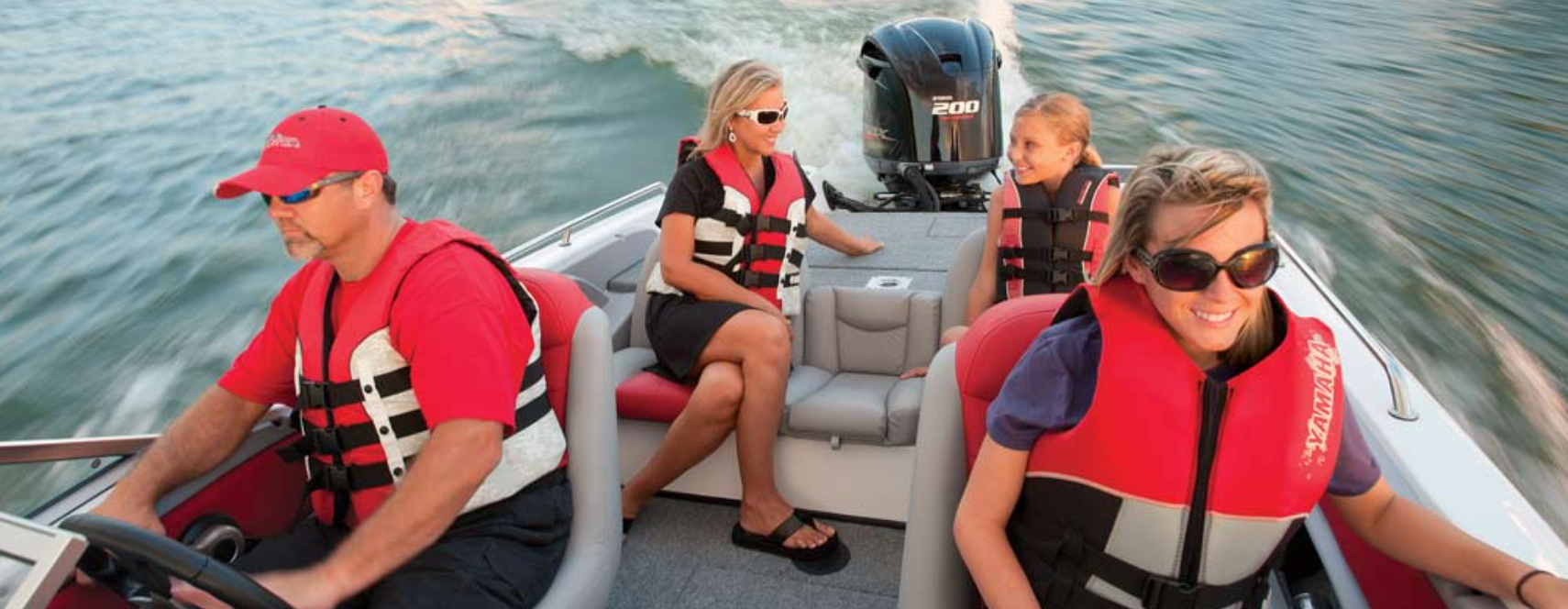
- Test smoke, carbon monoxide, fume and bilge alarms.
- Check running lights for operation and spare bulb inventory.
- Update paper charts and/or chartplotter inventory.
- Replenish first-aid kit items that may have been used last season or are expired.

- Check the operation of VHF radio(s) and that the MMSI number is correctly programmed.
- Stock up on hand sanitizer and masks aboard. And don’t forget to follow social distancing guidelines in the yard or marina while prepping.
For the Dock
- Check the entire length of the dock for wear or abrasions. Where applicable, examine both ends of shore power connections, as well as the receptacle on the boat, for burns that indicate the cable and/or boat’s shore power inlet or the dock’s receptacle must be replaced.
- Test ground-fault protection on your boat and private dock and know how to prevent Electric Shock Drowning.
The Paperwork
- Make sure your boat registration is up to date. Don’t forget your boat trailer tags.
- Review your boat insurance policy and update coverage if needed. Provide a copy to your marina or club.
- Update your phone, tablet or laptop with appropriate apps.